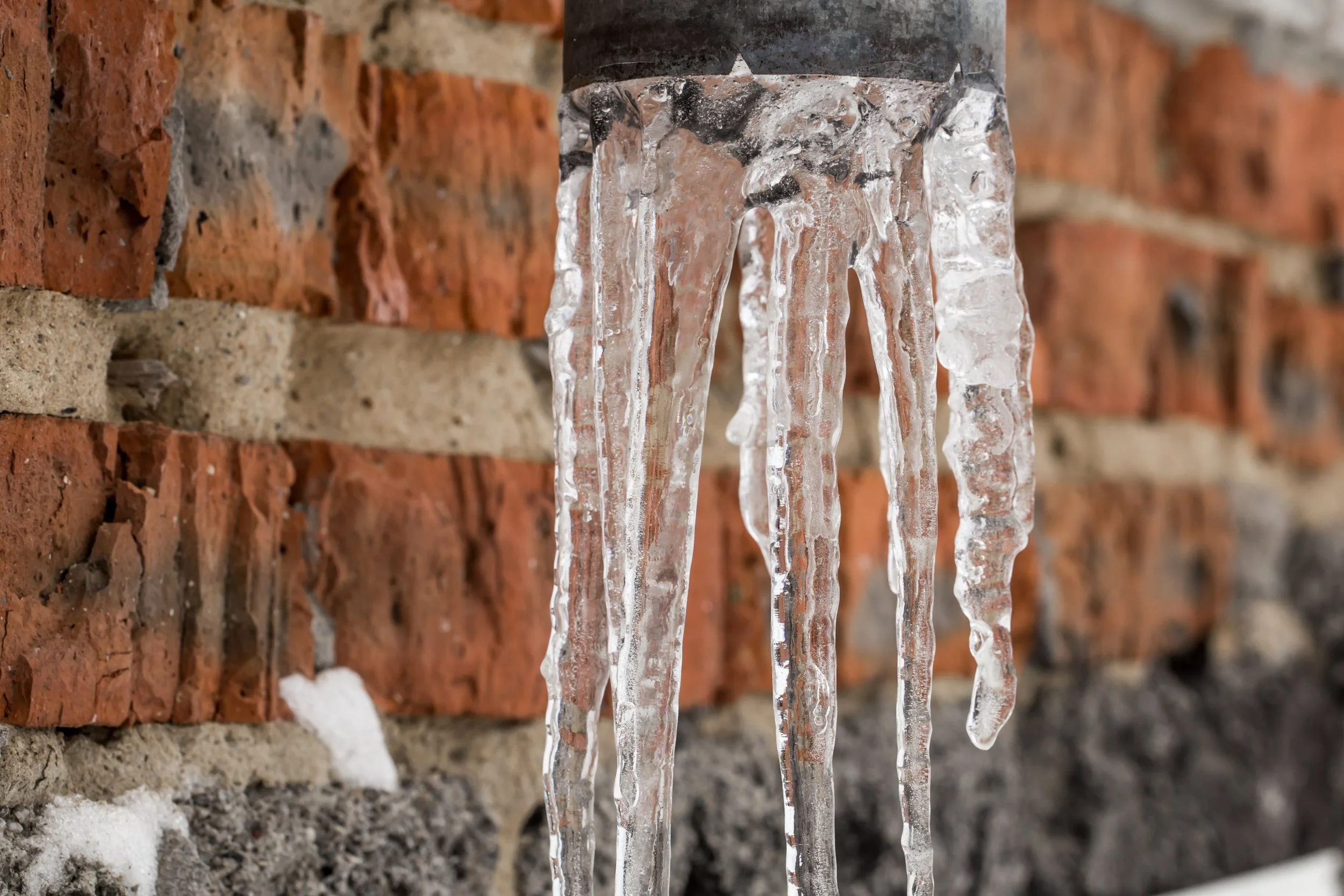Pro Tips for Preventing Freezing Pipes
Living in Indianapolis means that you're at risk of your pipes freezing and breaking every winter. While this can happen when the temperature drops below freezing, it usually only occurs when the temperature hits 20 degrees Fahrenheit for a few hours or longer. Any openings in your home expose the pipes to those freezing temperatures. Once they break, you need to do a lot of cleanup and even more repairs. Check out the easiest ways to keep your pipes from freezing with tips from the pros.
Take early steps
There are some great steps that you can use in the late fall or early winter, including:
Drain water from any of the pipes or plumbing features you don't use like your sprinkler system.
Turn off the supply lines to any outdoor water faucets.
Look for any exposed openings and find ways to cover them.
Hire a plumber to move pipes that are outside or exposed to the elements.
Consider heat cables
Heat cables are a great way to prevent frozen pipes this winter. Indianapolis winters can last for months and bring low temperatures that cause the water inside your pipes to freeze. As the water thaws, it can burst through those pipes. Heat cables wrap around the pipes and have a cord that plugs into any outlet. They keep the pipes warm and block them from the cold air. These cables are similar to the ones you can use on your roof to prevent ice dams.
Look for other options
If you have pipes running under your home or in areas where there aren't any outlets, consider other options such as pipe sleeves or pipe insulation. These sleeves are easy to install and simply wrap around each pipe. As long as you can get to them, you can add pipe sleeves. Newspaper works in a similar way and can help you save money in winter. You'll need some tape to secure the paper to the pipes.
Seal cracks
It's also smart to look for any cracks in your pipes. While cracks are often a sign you need new pipes, some cracks are easy to fix yourself. You can install a pipe clamp, which comes with a sleeve. The sleeve covers the bracket, while the clamp keeps it in place. They work well on small cracks and leaks, but you'll still want to have someone like Mr. Plumber take a look in the spring.
Caulk is a good option for other cracks or gaps. Apply caulk around any pipes that lead into and out of your walls. This might include a line running to your shower or the pipe that supplies your washer with water. Make sure the caulk fully dries before you use the pipe again. It can take a few hours to a full day for the caulk to cure.
Get even more tips on how to care for your pipes and get ready for winter when you check out TheHomeMag on Facebook and Instagram.

